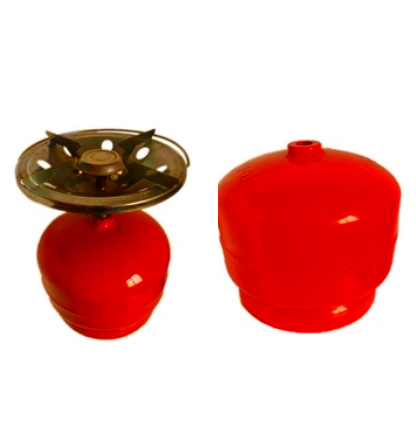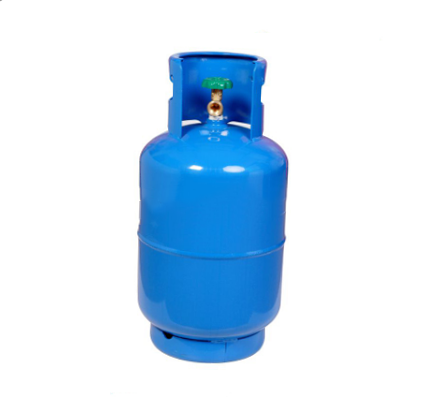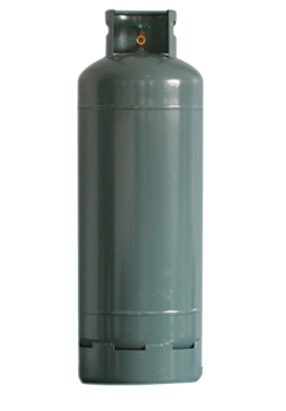Small gas cylinder, mainly located in Asia.small gas cylinder with stove price, The largest suppliers are China, India and Taiwan, which supply 99%, 1% and 1% of small cylinders respectively.
Small cylinder products are most popular in the Middle East, Saudi Arabia, South America and Africa.
Price: $6 – $50 1000 Pieces (Min. Order)
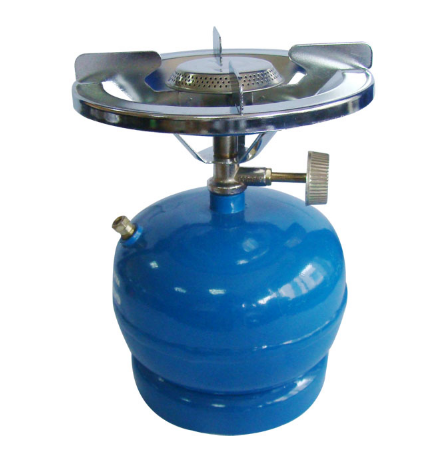
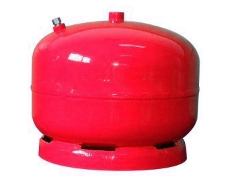
other mini gas cylinder
acetylene gas oxygen gas cylinder
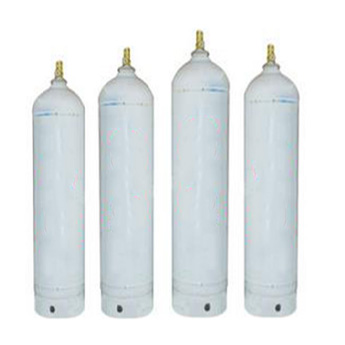
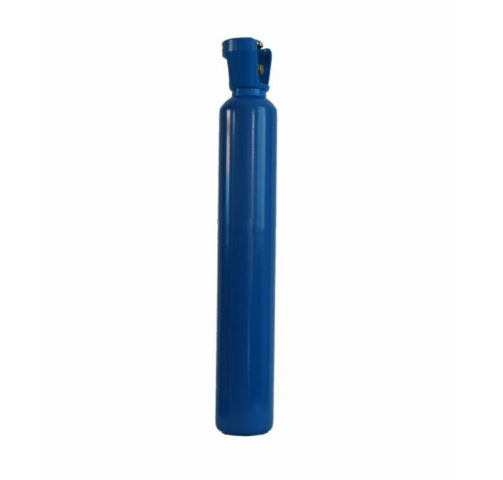
price:$60 -$600 price:$30 -$600
argon gas cylinder co2 cylinder price
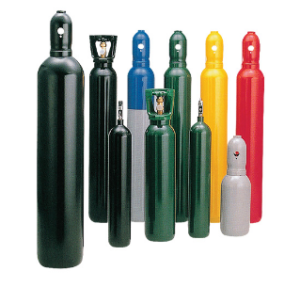
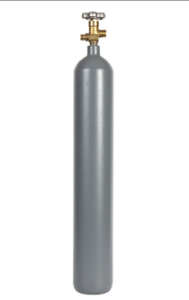
price:$30 -$600 price:$30 -$600
nitrogen gas cylinder helium gas cylinder
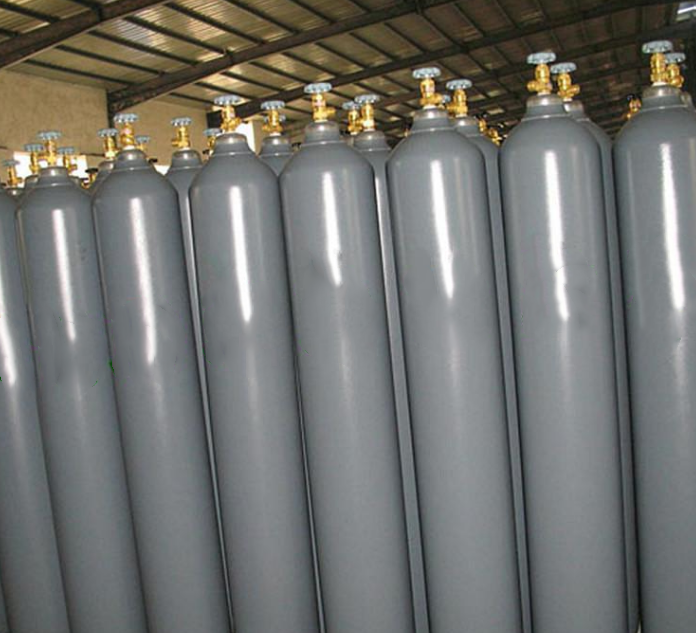
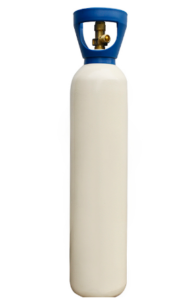
price: $20 – $550 price: $10 – $200
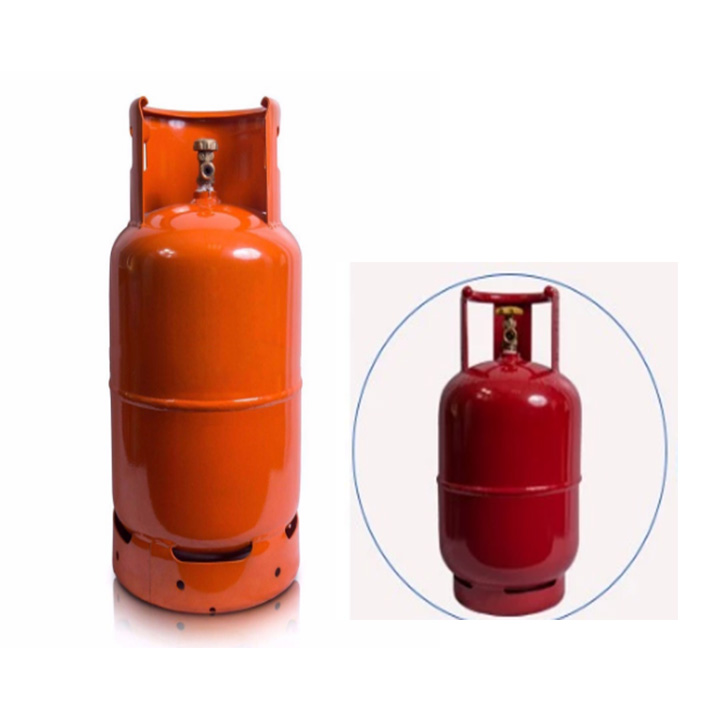
price: $8 – $90 price: $50 – $600
What is small gas cylinder with stove?
A gas cylinder or tank is a pressure vessel for garage and containment of gases at above atmospheric pressure. high-strain gasoline cylinders are also known as bottles. in the cylinder the stored contents can be in a nation of compressed gas, vapor over liquid, supercritical fluid, or dissolved in a substrate cloth, relying on the physical traits of the contents. a standard gas cylinder layout is elongated, status upright on a flattened backside give up, with the valve and becoming at the top for connecting to the receiving apparatus.
Small gas cylinder with stove price
small gas cylinder with stove price,The price range is from $20 to $50, and the order quantity must be greater than 1000.
Small gas cylinder materials
Cylinders strengthened or constructed-up with a fibre material typically ought to be inspected extra often than steel cylinders, e.g. each 5 instead of 10 years, and should be inspected more thoroughly than steel cylinders.
The inspection c program languageperiod of metallic cylinders has accelerated from 5 or 6 years to ten years. Diving cylinders which can be utilized in water should be inspected extra regularly. when they turned out to emerge as much less secure, certain metallic and aluminium alloys have been withdrawn from carrier.
Fibre composite cylinders first wherein designated for a restricted lifestyles span of 15, 20 or 30 years, while metal cylinders are nowadays typically withdrawn after 70 years. considering the fact that a few years there exist composite cylinders which might be nominated for a non-constrained-existence (NLL) – as long there is no damage to be seen.
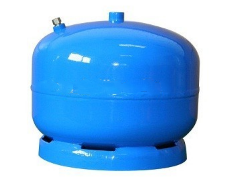
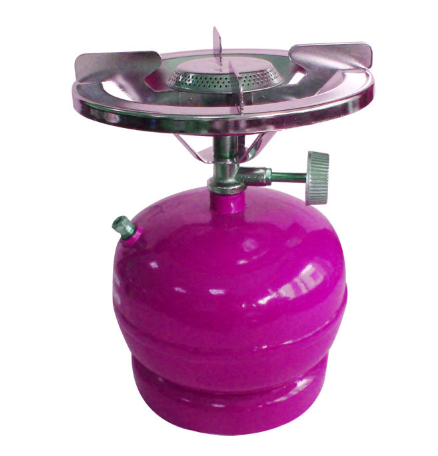
How much Types of cylinders?
- metal only. Mostly seamless forged metal. But for lower working pressure, e.g. liquified butane, there are welded steel vessels, too.
- metal vessel, hoop wrapped with a fibre composite only around the cylindrical part of the “cylinder”. (Geometrically there is a need for twice the tensile strength on the cylindrical region in comparison to the spherical caps of the cylinder.)
- thin metal liner (that keeps the vessel tight, but does not contribute to the working pressure) fully wrapped with a fibre in matrix material.
- Tmetal-free liner from plastics, fully wrapped with fibre material. The boss, the centre of the head(s) of the cylinder is still from metal and includes the thread for the valve.
small gas cylinder valve connections
gas cylinders have a forestall perspective valve at the stop on top. at some stage in garage, transportation, and dealing with while the fuel is not in use, a cap may be screwed over the sticking out valve to defend it from damage or breaking off in case the cylinder had been to fall over. rather than a cap, cylinders normally have a protecting collar or neck ring across the provider valve meeting.
when the gas inside the cylinder is for use at low stress, the cap is taken off and a strain-regulating assembly is hooked up to the stop valve. This attachment usually has a stress regulator with upstream (inlet) and downstream (outlet) pressure gauges and a similarly downstream needle valve and outlet connection.
For gases that continue to be gaseous below ambient garage conditions, the upstream strain gauge can be used to estimate how lots fuel is left within the cylinder in step with stress. For gases which might be liquid beneath storage, e.g., propane, the opening strain is dependent on the vapor strain of the fuel, and does no longer fall until the cylinder is sort of exhausted although it will range in keeping with the temperature of the cylinder contents.
The regulator is adjusted to control the downstream stress, that allows you to restrict the most drift of fuel out of the cylinder on the strain shown by way of the downstream gauge. the outlet connection is connected to anything desires the gasoline deliver, including a balloon for instance. For some functions, which include welding, the regulator will even have a flowmeter on the downstream aspect.
The valves on industrial, medical and diving cylinders are commonly of different sizes and brands, as are the valves for extraordinary categories of gases, making it extra difficult to mistakenly misuse a fuel. as an instance, a hydrogen cylinder does now not in shape an oxygen supply line which could end in catastrophic failure. some fittings use a proper-hand thread, whilst others use a left-hand thread; left-hand thread fittings are usually identifiable by using notches or grooves cut into them.
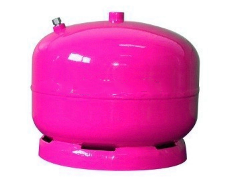
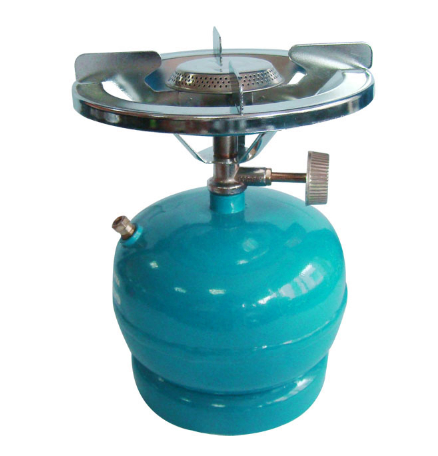
transport small cylinders
- ALWAYS transport and store a cylinder in a secure and upright position so it will not fall, shift, or roll.
- ALWAYS close the cylinder valve and, if required, seal with a plug, even if the cylinder is empty. Ask your propane retailer if a plug is required.
- NEVER keep a filled cylinder inside a hot vehicle or transport it inside a closed trunk.
- ALWAYS place the cylinder in a well-ventilated area of the vehicle.
- ALWAYS proceed directly to your destination and immediately remove the cylinder from your vehicle.
- The law places limits on the number of cylinders and the amount of propane that can be transported in closed-bodied vehicles such as passenger cars and vans. Ask your propane retailer for more information on state and local codes that apply to you.
if I do if I smell gas
- Immediately put out all smoking materials and other open flames.
- If you are able to, safely turn off the cylinder valve. To close the valve, turn it to the right (clockwise).
- Immediately leave the area and call 911 or your local fire department.
- Before you restart the appliance, have a qualified service technician inspect your cylinder and appliance.
a few people might also have trouble smelling propane due to their age (older people might also have a much less touchy experience of smell); a medical situation; or the results of medicine, alcohol, tobacco, or drugs. remember purchasing a propane fuel detector as an extra degree of security.
smell fade is an accidental reduction inside the attention of the smell of propane, making it extra hard to scent. although rare, this may be because of the presence of air, water, or rust within the cylinder. New and reconditioned small cylinders that take a seat too long earlier than being filled are at risk of internal rust whilst moisture and air get inside.
store small cylinders
- NEVER store or place a propane cylinder indoors or in an enclosed area such as a basement, garage, shed, or tent.
- NEVER store or place a propane cylinder in an area of excessive heat (120 degrees or higher) or near a stove, fireplace, or other heat source. The heat builds up pressure inside the cylinder, which may cause the pressure relief valve to release propane. Flash fires or explosions can result from exposing cylinders to heat.
- NEVER store or place a spare cylinder under or near a barbecue grill.
- DO NOT smoke or have any ignition sources such as flames or spark-producing electrical tools in the area while handling or transporting cylinders.
test for propane leaks
- Apply leak detector solution or thick soapy water to the connection(s) between the cylinder valve and the regulator outlet.
- Slowly open the cylinder valve and watch for bubbles.
- If bubbles appear, close the cylinder valve, tighten the connection, and repeat the process. If bubbles still appear, call your propane retailer immediately.
How Much Gas Is Left in Your Propane Barbecue Cylinder?
Use warm water.
how much propane is left in your tank. To do it,
- Fill a small bucket with warm to hot tap water.
- Pour the water down the side of the tank.
- Run your hand along the side of the tank and feel for a cool spot.
The top of the cool spot is the fill level of the tank (it’s cool because liquid propane inside the tank absorbs heat from the water, which makes the metal wall of the tank cool to the touch).
Weigh the tank.
Most propane grill tanks come with two numbers stamped on the handle – the water capacity (“WC”) and “Tare Weight” (TW – the weight of the tank when it’s empty). Most grilling tanks weigh about 17 pounds when empty and hold about 20 pounds of gas.
To measure how many pounds of propane are left in your tank, simply weigh it on a scale and subtract the TW number. For example, if a tank weighing 27 pounds has a TW of 17 pounds, there’s about 10 pounds of gas left – a little more than half a tank.
Install an external gauge.
External propane tank gauge options include:
- Inline pressure gauges install between the gas line from the grill and the cut-off valve on the tank, measuring pressures to determine how full the tank is.
- Analog propane scales look like luggage scales and are pre-set to take your tank’s TW into account.
- Digital propane tank scales provide a digital readout of remaining cook time and gas fill percentage. Some even come with smart phone apps.
small gas cylinder with stove youtube video
You may like:

